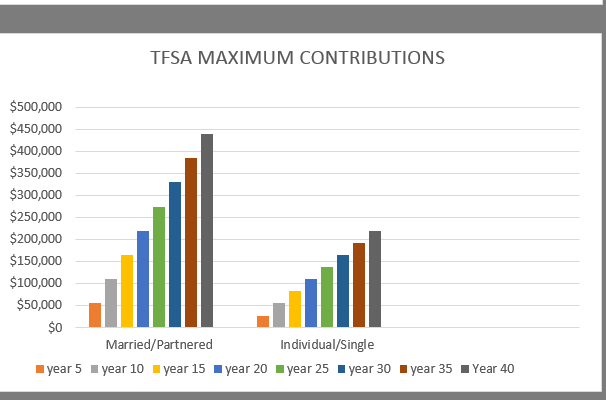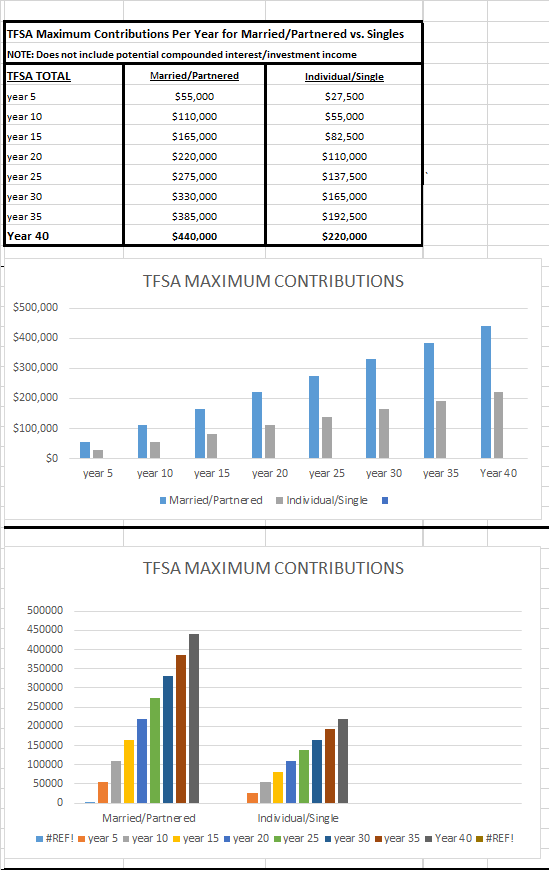UPSIDE DOWN FINANCES RE HOUSING FOR SINGLES AND LOW INCOME- PART 3 of 3 LOST DOLLAR VALUE LIST AND PSYCHOLOGICAL IMPACT
These thoughts are purely the blunt, no nonsense personal opinions of the author and are not intended to be used as personal or financial advice.
As stated in Part 1 and 2 of this series, one example of financial unfairness is condos presently being developed in Calgary by a developer including 1 bed, 1 bath, 1 patio micro-condo of 552 sq. ft. with starting price of $299,900. Two patio, 2 bed, 2 full bath, 2 story 1232 sq. ft. condos were already sold out so price not available. Then there are 2 patio, 3 bed, 2.5 bath, 2 and 3 story 1830 sq. ft. condos priced from $649,900 to $749,900. Apparently, ultra-deluxe model has master bedroom suite covering entire third 600 sq. ft. floor. The third floor bedroom is bigger than total square footage of $299,900 condo. When price per square foot is calculated, micro-condo is selling for $543 per sq. ft. while three bed condos are selling from $355 to $409 per sq. ft.
Average square footage of Canadian house is 1950 sq. ft. (2010) so how can a developer socially, morally and ethically justify charging $150 to $200 more per square foot for two-thirds less space? “CREB now” http://www.crebnow.com/, Aug. 28 to Sept. 3, 2015, page A5, talks about Calgary developer selling 440 sq. ft. condos in north inner city tower for $149,000 ($339 per sq. ft.) in 2012 and 440 sq. ft. condos in south inner city tower for $219,000 ($498 per sq. ft.) in 2015. Two and three hundred sq. ft. condos are now being sold in Vancouver and Toronto for around $250,000 ($1250 and $833 per sq. ft. respectively). Salaries for low income and singles has not risen to same level, nor has Canadian housing for the middle class and rich ($400,000 and up (except perhaps in Vancouver).
So who is more likely to buy micro-condos? Possibly low income couples, single parent with one child, or environmentally conscious, and probably an individual/single person. Who gets to pay $150 to $200 more per square foot for two-thirds less space? Ripple effects are owners of micro-condos have to proportionately pay more house taxes, education taxes, mortgage interest and real estate fees on less house and less take home pay for biggest lifetime expense. When it is sold, will seller recoup buying price?
To further magnify the issue, lottery in major northern Alberta city has first grand lottery prize of $2,092,000 for 6,490 sq. ft. house ($322 per sq. ft.), second grand prize of $1,636,000 for 5,103 sq. ft. house ($321 per sq. ft.), and third grand prize of $1,558,000 for 5,097 sq. ft. house ($306 per sq. ft.). First house has elevator, games/theatre area, kid’s lounge, gym, and music room. Second house has hockey arena with bleacher seating, lounge and bar. Third house has spa, gym, yoga studio, juice bar and media room. Need anything more be said about the rich? They always get more while paying less and acquiring choicest spots.
As stated in a recent real estate article, Watermark, a deluxe complex in Calgary is selling an ‘inspired’ (so stated in article) 8,644 sq. ft. estate home and its guest house for $3.45 million or $399 per square foot which is less per square feet than 600 square foot condo mentioned above. Article goes on to say that beyond homes, Watermark garners interest with both natural and man-made beauty. It has 17 cascading ponds and more than five kilometers of interconnected walking and bike trails. Then there’s the central plaza with its 1,000 sq. ft. pavilion, kitchen, barbecues, a sports field and NBA-sized basketball court. One family’s daughter is looking forward to booking the plaza and using the outdoor kitchen for her birthday party. The family goes on to state that space between homes and low density was also very important so they weren’t looking into someone’s back yard. This same complex has a show home with 17 sinks.
Another real estate article talks about another family with three children moving from 1900 sq. ft. house to a 2,837 sq. ft. house with price starting from $900,000s. They are moving because they need more room for the kids as they grow. Their new house will provide 567 sq. ft. per person at a starting price of approximately $317 per sq. ft. Yet again other articles state that owners are happy they don’t have condos in their back yard and their children can experience nature from their own bedrooms.
Further advice usually given by married people states singles can live with someone else if they can’t afford housing when they are already living in studio, one bedroom apartments, and basement suites. Senior singles who have lived productive lives while contributing to their country want and deserve their own privacy and bathroom. Many senior assisted living dwellings have in recent years built more spaces for singles who with one income pay more for that space than married/coupled persons. Just how long should shared arrangements go on for (entire lives?) instead of correcting underlying financial issues?
Following examples show dignity and respect for singles (and low income families). Attainable Housing http://www.attainyourhome.com/, Calgary, allows maximum household income of $90,000 for single and dual/parent families with dependent children living in the home and maximum household income of $80,000 for singles and couples with no dependent children living in the home. Living Wage for Guelph and Wellington livingwagecanada allows singles dignity of one bedroom apartment and a living wage income that is 44% of a family of 4 income and 62% of a family of two (parent and child).
While singles are living in their small spaces (average size of new studio, one bed and one bed/den new condo combined being built in Toronto is 697 sq. feet), majority of Canadian married/coupled people and families are living in average 1950 sq. foot houses (2010) with large gourmet kitchens, multiple bathrooms, bedrooms for each child and guests, basement, garage, yard, and nice patio with barbecue, etc.
LOST DOLLARS VALUE LIST
For a 700 square foot condo where price is $50 more per square foot than lowest price of largest condo in complex, it can be assumed that the purchaser will be paying $35,000 more than purchaser’s base price of largest condo, if the price per square foot is $100 more per square foot then purchaser will be paying be paying $70,000 more, if the price per square foot is $150 more per square foot then purchaser will be paying $105,000 more and so on. The amount of house and education taxes, real estate fees and mortgage interest will also incrementally increase.
Our Lost Dollar Value List is still a work in progress, but when lost dollar value for real estate is added to the list, $50 will be used as the example as well as gestimate loss for taxes and real estate fees, interest charges based on $50.00 per sq. ft.
PSYCHOLOGICAL IMPACT
There seems to be very little understanding of the psychological impact that decision makers and policy makers have on singles regarding housing.
Many families live in houses where their young children have separate bedrooms, and likewise, there is a trend towards ‘man caves’ and ‘she sheds’ so family members can have ‘alone’ time, but when children become single adults, singles are consistently told that they can live with someone if they have financial problems with housing while paying more.
And, of course, singles never have claustrophobia, so it is okay to stick them in small spaces for which they have to pay more. And singles never have problems with noise, so it is okay for them to live in small units in less desirable areas close to airports and railway tracks, etc. (As one single person moving from one unit to another stated in a real estate article “I was very impressed with the pricing and the fact that they’re doing concrete floors and walls “. Concrete is said to restrict noise. “I work on Saturday mornings and a lot of people like to stay up a little later on Friday and Saturday nights”. With thinner walls, he adds, it is easier to hear “people in the hallways coming and going. It is not the end of the end of the world, by any means, but I am looking forward to something quieter above and below”. But for this person, the decision was less about sound and more about getting something larger, with better specifications and closer to work-moving from 615 sq. ft. two bedroom condo to 715 sq. ft. two bedroom condo. “The bedrooms are a little bit bigger with an ensuite. I really liked that and I liked the fact that it has a washer and dryer so I don’t have to go to the laundromat.”
Singles deserve same standard of living as married/coupled persons, i.e. having washer and dryer in their own home instead of having to go down a dark hall or to basement to do laundry or paying per load at a laundromat.
When reading or listening to articles on housing for families, families will always talk about how important their housing is for them in regards to creating memories for their children, entertaining and maintaining close ties to friends and families, but apparently adult singles don’t have friends and families, so it is okay for them to live in micro condos, some as small as 200 square feet, where it is pretty much impossible to entertain or have friends and families stay with them.
SOLUTION
Singles and low income persons need to become more aware of financial unfairness by taking pricing down to the lowest common denominator, i.e. price per square foot and speak out about the financial atrocities being directed towards them. They need to start questioning why they are being targeted to pay more while getting less. (While it is recognized that it is expensive to raise children, adult to adult it is also unfair to make one segment of the population like singles and the disadvantaged pay more than another segment).
The blog posted here is of a general nature about financial discrimination of singles. It is not intended to provide personal or financial advice.



